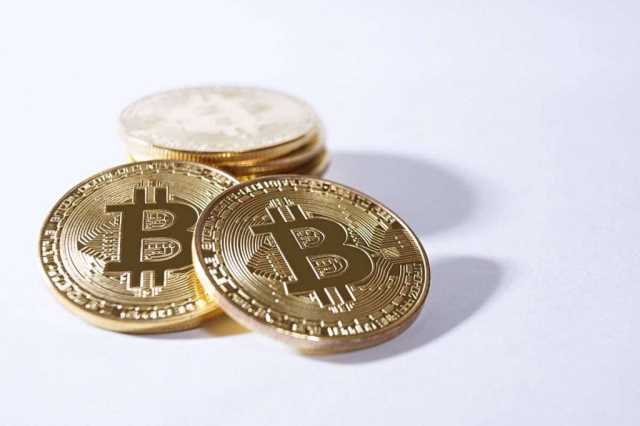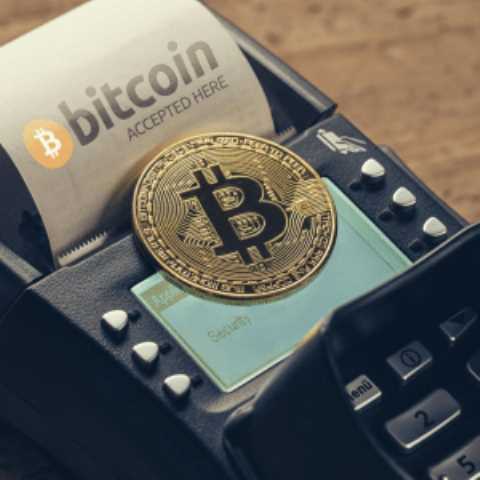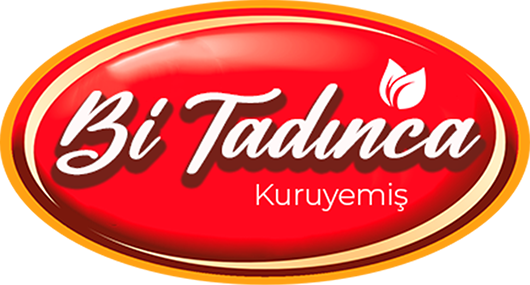
With the potential of interoperable blockchain games and the metaverse, players might be able to trade in-game assets between different games in the future. Several projects are using the blockchain as a global public registry for assets. Through a smart contract, developers can create a unique non-fungible token (NFT) that represents ownership of a real-world asset such as a building, car, rare trading card, or more. Blockchains provide authenticity to asset ownership, transparent tracking of an asset’s life cycle, and global liquidity to previously illiquid assets. Overall, blockchains create infrastructure that two or more parties can use to conduct highly secure, reliable, and tamper-proof economic exchange. The counterparty risk is shifted from reliance on probabilistic trusted third parties to reliance on deterministic open-source software that executes exactly as instructed.
What is blockchain?
No participant can overwrite historical data as doing so would require having to rewrite all subsequent blocks on all shared copies of the blockchain. The Internet is a way of sharing digital information that can be applied in a multitude of ways, such as email, messaging, telecommunication, social media, and more. Pending transactions are grouped together into “blocks”, where they are processed and validated by each node in the network. Having each node check each transaction ensures that changes to the ledger are redundantly validated, making it nigh impossible to make malicious changes to the ledger or state of the network.
Blockchain Is the Present and the Future
Blockchain is a shared, immutable ledger that facilitates the process of recording transactions and tracking assets in a business network. Bitcoin is a perfect case study for the possible inefficiencies of blockchain. Bitcoin’s PoW system takes about 10 minutes to add a new block to the blockchain. At that rate, it’s estimated that the blockchain network can only manage about seven transactions per second (TPS). Although other cryptocurrencies, such as Ethereum, perform better than Bitcoin, blockchain still limits them.
How are blockchain, cryptocurrency, and decentralized finance connected?
- Smart contracts, however, operate on the Ethereum blockchain, and are contracts that automatically execute without an intermediary once certain conditions (written into computer code) are met.
- These immutable digital documents use several techniques to create a trustless, intermediary-free system.
- You add this hash to the beginning of another document and type information into it.
- Also, the sale of Bitcoin for purchases on cash apps such as PayPal requires users to pay capital gains taxes on the Bitcoin sold, beyond whatever state and local taxes are paid on the product or service.
- Blockchain has the potential to eliminate the need for scanning documents and tracking down physical files in a local recording office.
- This is not a world of the future; it is a world that an avid but growing number of early adopters live in right now.
The consensus algorithm is a core piece of a blockchain network and one that can have a big impact on speed. It’s the procedure through which the peers in a blockchain network reach agreement about the present state of the distributed ledger. What is Blockchain In a public blockchain, anyone can participate meaning they can read, write or audit the data on the blockchain. Notably, it is very difficult to alter transactions logged in a public blockchain as no single authority controls the nodes.

Adoption decision
They operate automatically according to predefined rules and conditions. Smart contracts are designed to facilitate, verify and enforce the negotiation or performance of an agreement without the need for intermediaries, such as lawyers, https://www.tokenexus.com/ banks or other third parties. Once the specified conditions are met, the smart contract automatically executes the agreed-upon actions or transactions, ensuring that all parties involved adhere to the terms of the contract.
- – By removing the need for trusted third parties, the overall organizational costs go down significantly.
- These nodes are in constant communication with one another, keeping the digital ledger up-to-date.
- Its blockchain is a database of all bitcoin transactions and tracks their ownership.
- Today, tens of thousands of other cryptocurrency systems are running on a blockchain.
- But by the fall of 2022, the price of Bitcoin and many other cryptocurrencies had declined by more than half.
Perhaps the most profound facet of blockchain and cryptocurrency is the ability for anyone, regardless of ethnicity, gender, location, or cultural background, to use it. According to The World Bank, an estimated 1.4 billion adults do not have bank accounts or any means of storing their money or wealth. Moreover, nearly all of these individuals live in developing countries where the economy is in its infancy and entirely dependent on cash. Private or permission blockchains may not allow for public transparency, depending on how they are designed or their purpose. These types of blockchains might be made only for an organization that wishes to track data accurately without allowing anyone outside of the permissioned users to see it. Perhaps no industry stands to benefit from integrating blockchain into its business operations more than personal banking.

DeFi is different from centralized finance models within cryptocurrency markets in that there’s no centralized authority that can control or intercede in transactions. Deemed a “new weapon in cybersecurity,” blockchain’s decentralized, tamper-proof ledger comes with built-in defenses against theft, fraud and unauthorized users via cryptographic coding and consensus mechanisms. Because of this, blockchain has been adopted into cybersecurity arsenals to maintain cryptocurrency, secure bank assets, protect patient health records, fortify IoT devices and even safeguard military and defense data. Blockchain in simple language is a database based and managed on a peer-to-peer network of computers often referred as nodes. You can also call it as a distributed ledger, which is a decentralized way of documenting transactions in chronological order.
- As the number of Bitcoin transactions increases, the relatively hard 10-minute block creation time means that it can take longer to confirm all of the transactions and backlogs can occur.
- The miner with the most coins at stake has a greater chance to be chosen to validate a transaction and receive a reward.
- Public blockchains use their own native asset known as a cryptocurrency to financially incentivize nodes to communicate with one another and reach an agreement (consensus) on the validity of the ledger.
- But beneath the surface chatter there’s not always a deep, clear understanding of what blockchain is, how it works, or what it’s for.
